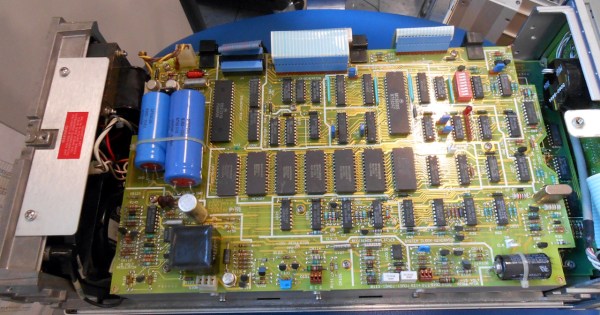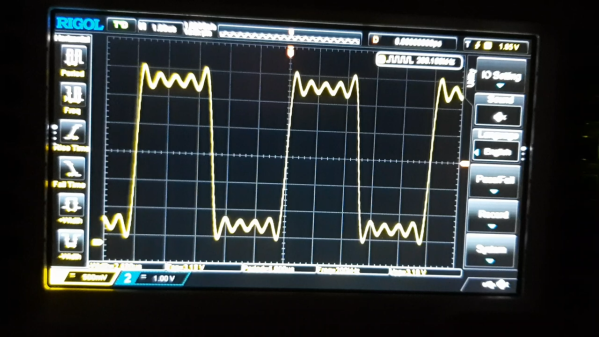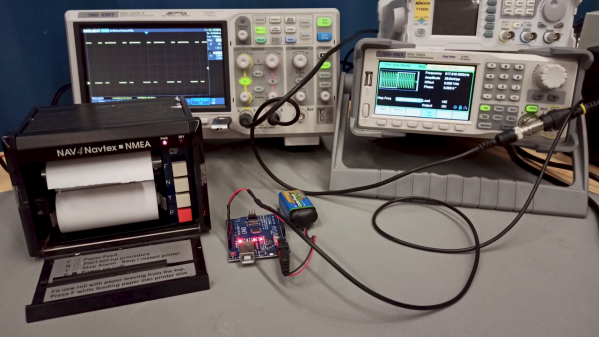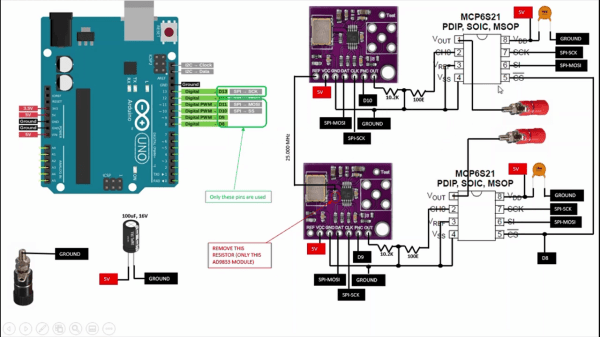The Rigol oscilloscopes have a long history of modifications and hacks, and this latest from [Matthias] is an impressive addition; he’s been working on adding a function generator to the DHO800 line of scopes.
The DHO800 series offers many great features: it’s highly portable with a large 7-inch touchscreen, powered by USB-C, and includes plenty of other goodies. However, there’s room for enhancements. [Matthias] realized that while software mods exist to increase bandwidth or unlock logic analyzer functions, the hardware needed to implement the function generator—available in the more expensive DHO900 series—was missing.
To address this, he designed a daughterboard to serve as the function generator hardware, enabling features that software tweaks can unlock. His goal was to create an affordable, easy-to-produce, and easy-to-assemble interface board that fits in the space reserved for the official daughterboard in higher-end scopes.
Once the board is installed and the software is updated, the new functionality becomes available. [Matthias] clearly explains some limitations of his implementation. However, these shortcomings are outweighed by the tremendous value this mod provides. A 4-channel, 200 MHz oscilloscope with function generator capabilities for under $500 is a significant achievement. We love seeing these Rigol mods enhance tool functionality. Thanks, [Matthias], for sharing this project—great job bringing even more features to this popular scope.



















